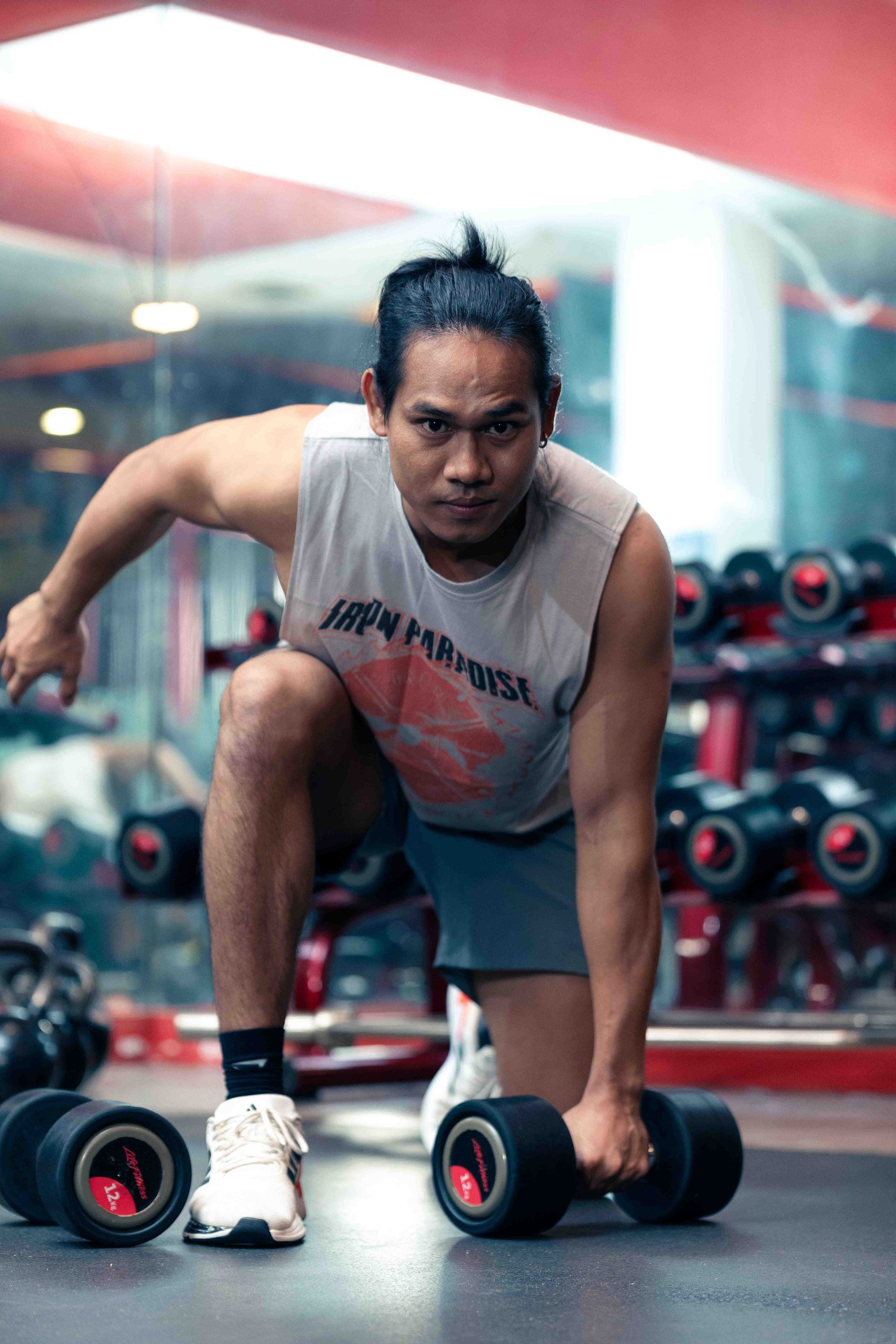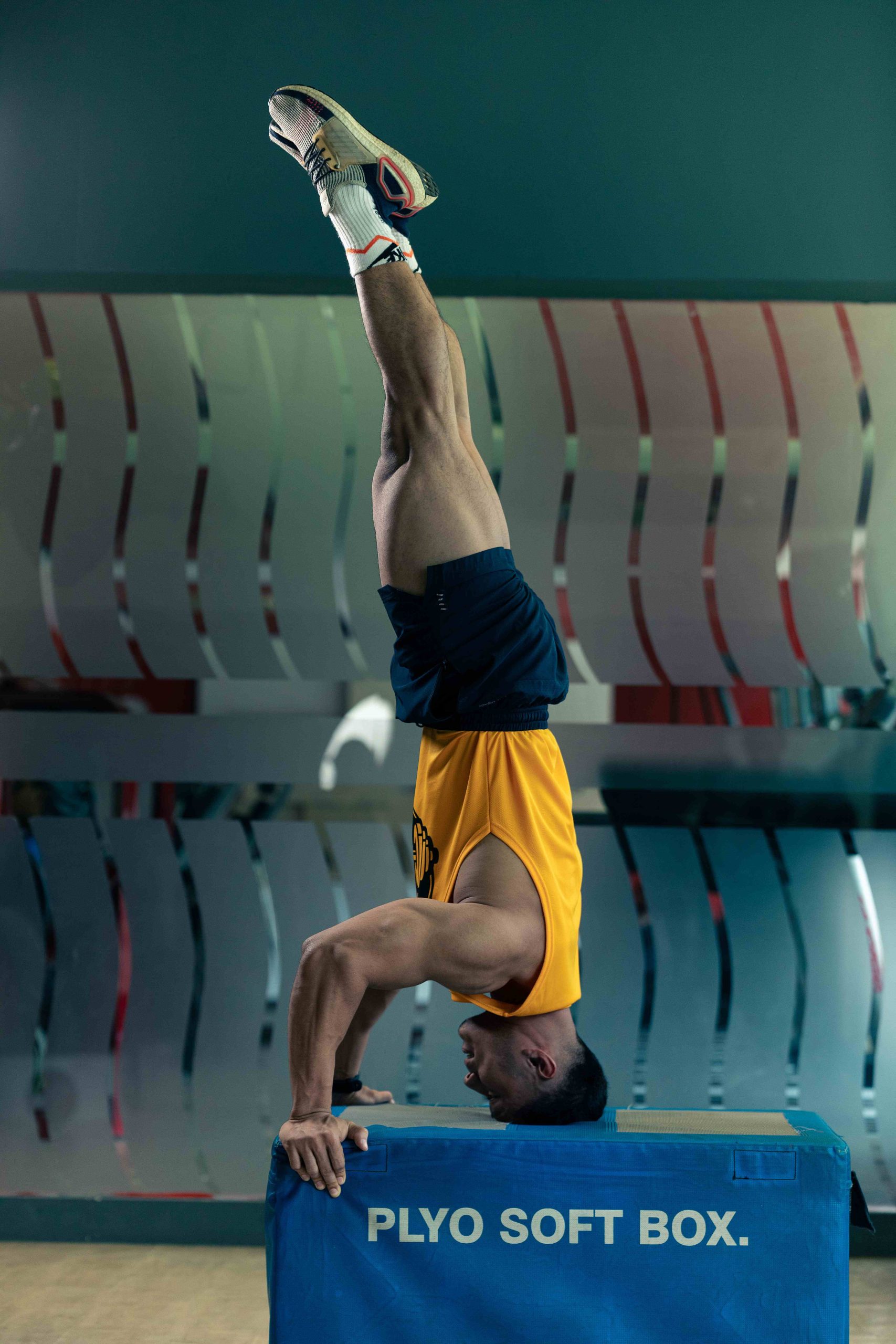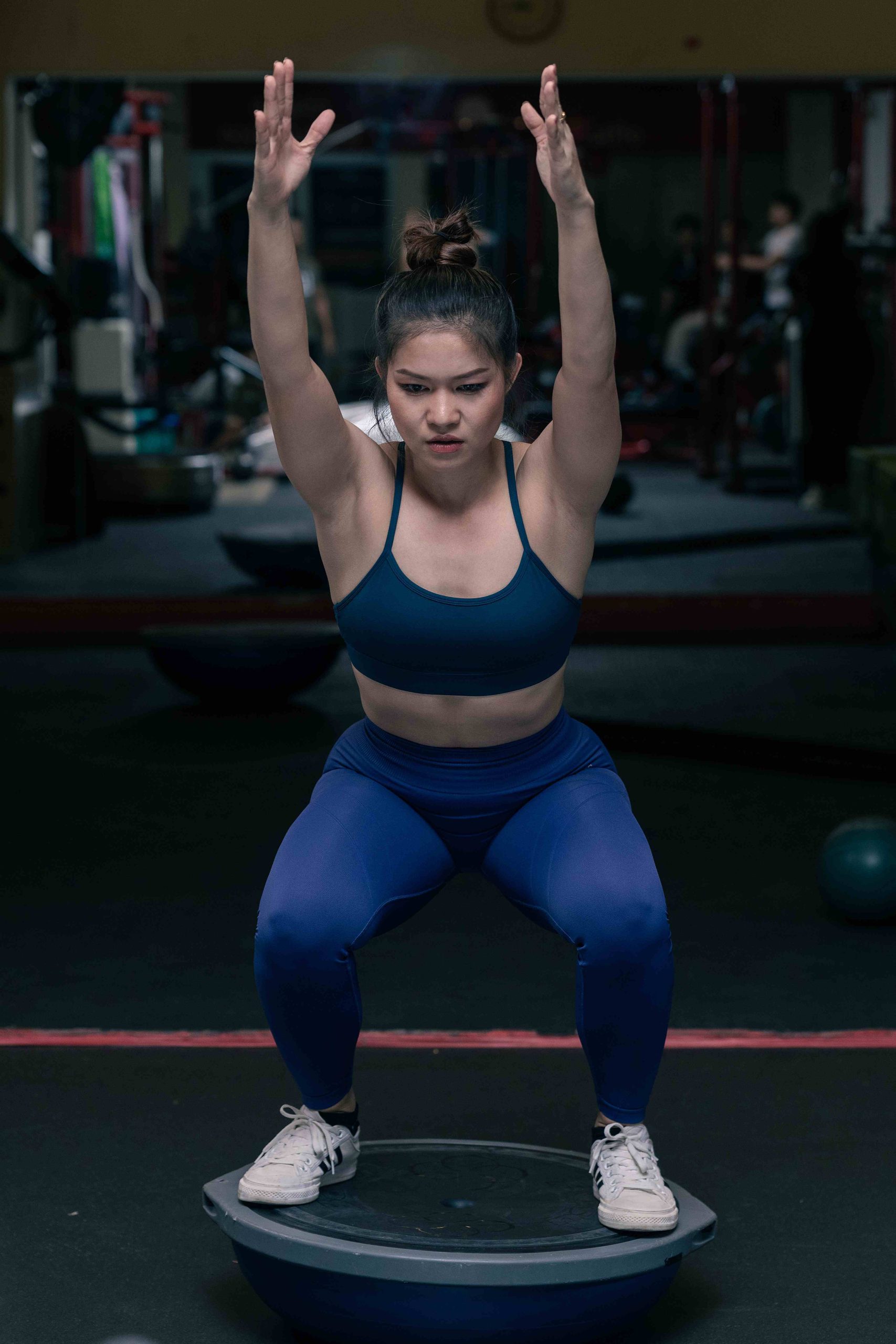A Beginner’s Guide to Your First Month at the Gym
Starting your fitness journey can be both exciting and intimidating, especially if you’re stepping into the gym for the first time. You might feel uncertain about what to do, how to do it, and how to make the most of your efforts, even though you’re highly motivated. Whether you want to maximize your first month at the gym or simply get comfortable with your new routine, here’s a guide to help you make the most of it.
1. Set a Clear Schedule
Establish a consistent schedule by deciding on specific days and times to hit the gym. Consistency is key to building a habit and working towards your goals. By setting aside enough time, you ensure that your gym sessions become a regular part of your routine.
2. Pack the Essentials
Before you head to the gym, make sure you’re well-prepared. Wear comfortable, sweat-proof gym clothes, and pack essentials like a water bottle, sports shoes, a towel, and wireless earbuds. Listening to music can be a great motivator during your workout.
3. Take a Gym Tour
Before diving into your workout, take a tour of the gym. Familiarize yourself with the equipment, learn how to use it, and get to know the layout of the facility. This will help you feel more confident and comfortable during your workouts.
4. Define Your Fitness Goals
Understanding your fitness goals is crucial before starting any workout plan. Whether you aim to build muscle, lose weight, or improve your overall fitness, having clear goals will guide your progress and help you achieve better results.
5. Warm Up and Cool Down
Always start your workout with a light warm-up to prepare your body. Spend 5-10 minutes doing easy cardio or stretching to get your muscles ready. Don’t forget to cool down for about 5 minutes after your workout to help your body recover.
6. Start Slow
As a beginner, it’s essential to start slow and avoid rushing into intense workouts. In the first week, focus on simple exercises to avoid injury. Gradually increase the intensity as you progress, allowing your muscles to adapt and grow stronger.
7. Choose the Right Exercises
Select exercises that target all muscle groups rather than focusing on just one area. Begin with basic, well-rounded exercises like leg presses, chest presses, shoulder presses, lat pulldowns, bicep curls, and triceps pushdowns. Incorporate mobility and cardio exercises like walking, cycling, jumping jacks, lunges, and squat jumps. For core strength, try planks, slow bicycle crunches, and bird dogs. Aim for at least 12 workouts in your first 30 days.
8. Focus on Proper Technique
Good technique is vital for reducing the risk of injury and getting the best results. Pay attention to your form and make sure you’re performing each exercise correctly. If needed, seek guidance from a trainer to ensure you’re on the right track.
9. Track Your Progress
Keep a record of your workouts and progress. This will help you stay motivated and see how far you’ve come. Tracking your progress is also essential for making adjustments to your routine as needed.
Final Tips
During your first month at the gym, remember that recovery is just as important as the workouts themselves. Make sure you get enough sleep and follow a balanced diet to support your fitness goals. By focusing on these key aspects, you’ll set a strong foundation for your fitness journey and see continued growth and improvement.
Stick with it, stay motivated, and enjoy the process of becoming a healthier, stronger version of yourself!


